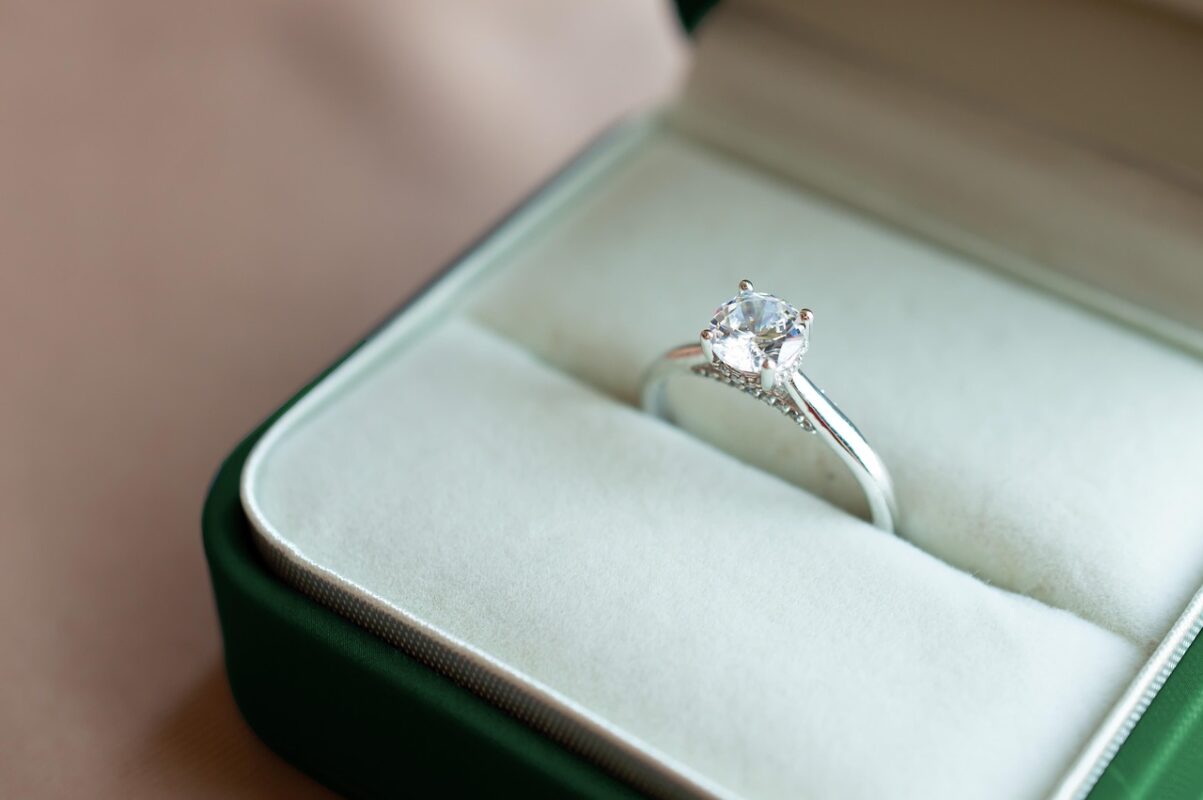Unlocking the Mystique: The 5 Secrets of a Stunning Black Opal Ring
For over two decades, I have guided clients through the captivating world of precious gemstones, and few hold as much allure as the black opal. Renowned for its vibrant play-of-color against a dark body tone, a black opal ring is more than just jewelry; it’s a statement piece. However, not all black opals are created equal. Understanding the secrets behind what makes one truly stunning is key to making a wise and rewarding investment. This guide draws on extensive industry experience to demystify the process for you.
Secret 1: The Play-of-Color is Paramount
The heart and soul of any opal is its play-of-color—the brilliant flashes of spectral hues that seem to dance within the stone. For a black opal, this display is dramatically intensified against its dark background. The most sought-after stones exhibit a broad spectrum of colors, with red-on-black being the rarest and most valuable. The pattern of the color, whether in broad flashes, pinpoint patterns, or harlequin (a diamond-shaped mosaic), also significantly impacts its beauty and value. A stone with a dull or limited color play cannot be considered stunning, regardless of its other attributes.
Secret 2: Body Tone Defines the Drama
Often confused with the actual colors displayed, the “body tone” refers to the darkness of the opal’s background, which acts as the canvas for the play-of-color. The National Opal Miners Association grades body tone on a scale from N1 (jet black) to N9 (light white). A stunning black opal ring will typically feature a stone in the N1 to N4 range. This darker canvas provides the highest contrast, making the play-of-color appear more vivid, saturated, and dramatic.
Secret 3: Superior Craftsmanship in the Setting
The setting is not merely a holder; it is a crucial component that enhances and protects the stone. A poorly chosen setting can detract from the opal’s beauty and leave it vulnerable. For a stone as unique as a black opal, a custom or semi-bezel setting is often recommended. This style securely holds the opal while allowing more light to enter from the sides, maximizing its internal fire. The metal choice should complement the opal’s dominant colors—white gold or platinum often accentuate cooler tones, while yellow or rose gold can warm the overall appearance.
Secret 4: The Critical Cut and Carat Weight
Opals are often cut in freeform shapes (cabochons) to best showcase their natural play-of-color. A well-cut opal will be symmetrical, with a smooth, high dome that optimizes light reflection. A flat dome can make the stone look lifeless. While carat weight influences price, it should not be the primary focus. A smaller opal with exceptional play-of-color and pattern is far more stunning than a larger, lackluster stone.
Secret 5: Ethical and Transparent Provenance
A truly stunning ring is one you can wear with pride and confidence. This requires knowledge of the opal’s origin. Australian opals, particularly from Lightning Ridge, are the global benchmark for quality and stability. Ensure your jeweler provides clear documentation about the opal’s source and any treatments. Some opals are treated with smoke or sugar to darken the body tone; while not inherently bad, this must be disclosed, as it affects the stone’s value and care requirements.
—
Detailed Product Specifications
Common Black Opal Characteristics:
Origin: Primarily Lightning Ridge, Australia.
Hardness: 5.5 – 6.5 on the Mohs scale (requires protective settings).
Luster: Vitreous to resinous.
Transparency: Opaque to semi-translucent.
Recommended Ring Specifications Table:
| Feature | Recommended Specification | Rationale |
| :— | :— | :— |
| Setting Type | Bezel or Semi-Bezel | Offers superior protection for the relatively soft opal. |
| Metal Purity | 14k or 18k Gold, Platinum | Provides durability and a premium finish without being overly soft. |
| Backing | Open or Solid (with caution) | An open back maximizes light entry. A solid back can enhance color but risks trapping moisture. |
| Profile | Dome Cabochon | The curved surface best displays the play-of-color. |
—
Frequently Asked Questions (FAQs)
Q: How should I care for my black opal ring?
A: Due to its water content and moderate hardness, avoid exposing your black opal ring to harsh chemicals, extreme temperature changes, and prolonged sunlight; clean it only with a soft, damp cloth and mild soap, and store it separately from harder gems to prevent scratching.
Q: Why are some black opals so much more expensive than others?
A: The price is predominantly determined by the strength and variety of its play-of-color, with vibrant reds and harlequin patterns on a dark N1-N2 body tone being the rarest and most valuable, while size, cut quality, and origin also significantly influence the final cost.
Q: Is a doublet or triplet opal a good alternative for a ring?
A: While doublets (a thin opal layer on a dark backing) and triplets (with a clear quartz cap) are more affordable, they are less durable for long-term ring wear, as the layers can be compromised by water or impact, making a solid natural opal a superior, though more expensive, choice for a permanent piece.







